The manufacturing sector has experienced a major shift with the introduction of laser cutting technology, which allows for faster, more efficient, and highly precise cutting of various materials. High-powered lasers, guided by computer-aided design (CAD) software, enable intricate and finely detailed patterns to be created in materials such as metal, plastic, and wood. This innovation has allowed manufacturers to produce parts and products with unmatched accuracy, adaptability, and speed.
One of the primary reasons for the widespread adoption of industrial laser cutting is its remarkable versatility and ability to adapt to various applications. Laser-cutting machines are capable of handling a diverse range of materials and thicknesses, making them indispensable for businesses aiming to optimize their production processes and develop more sophisticated designs. As the technology continues to evolve, it is expected that laser cutting applications and capabilities will expand even further, solidifying its place as a cornerstone of modern manufacturing.
Unraveling the Laser Cutting Process
Laser cutting is a non-contact technique that employs a concentrated beam of light to slice through a variety of materials. A laser resonator generates the laser beam, which is subsequently focused on the material to be cut using a series of mirrors and lenses. The laser’s heat energy melts or vaporizes the material, resulting in a precise, clean cut.
The laser-cutting process involves several crucial steps:
- Design Creation: The initial stage of laser cutting involves developing a digital design for the part or product that will be cut. Computer-aided design (CAD) software is typically used for this purpose, ensuring precision and accuracy in measurements and specifications.
- Material Preparation: The material to be cut must be prepped for laser cutting, which may involve cleaning and surface preparation to guarantee a precise, clean cut.
- Laser Cutting Execution: After preparing the material, it is placed on the cutting bed of the laser cutting machine. The laser beam is then focused on the material, slicing through it with extraordinary precision and accuracy. A computer controls the laser beam, following the design established in the first step.
- Post-processing: Once the cutting process is complete, the cut components may require additional post-processing steps such as cleaning, finishing, or assembly.
What is Laser Cutting in Manufacturing Used For?
Parts created with the laser-cutting process
Laser cutting has a wide range of applications across various industries, making it an incredibly versatile manufacturing tool. Some common uses for industrial laser cutting include:
| Industry | Applications |
|---|---|
| Automotive | Cutting and shaping components, such as gaskets, metal panels, interior trim, and engine parts |
| Aerospace | Precision cutting of lightweight materials, including aluminum, titanium, and composites, for structural parts |
| Electronics | Cutting and engraving circuit boards, insulation materials, and electrical components |
| Medical | Fabrication of surgical instruments, implants, and medical devices |
| Energy | Manufacturing solar panels, fuel cells, and turbine components |
| Architecture | Cutting decorative panels, structural components, and architectural models |
| Construction | Cutting structural steel, metal studs, and custom components for building projects |
| Shipbuilding | Cutting steel plates, profiles, and structural components for ship construction |
| Art and Design | Creating sculptures, custom furniture, signage, and decorative elements |
| Textile | Cutting patterns, intricate designs, and textiles for apparel and home furnishings |
This table showcases the versatility of laser cutting across various industries, highlighting its ability to produce a wide range of components with precision and efficiency. From automotive parts to intricate artwork, laser cutting has proven to be an invaluable tool for modern manufacturing.
Comparing Traditional Manufacturing Methods with Laser Cutting
Traditional manufacturing methods, such as mechanical cutting, water jet cutting, and plasma cutting, have long been used to create parts and products in various industries. However, these methods come with their own set of limitations and disadvantages when compared to industrial laser cutting. Let’s understand the key differences with a detailed comparison table;
| Method | Process | Material Compatibility | Cutting Speed | Accuracy and Precision | Ease of Use | Maintenance and Upkeep |
|---|---|---|---|---|---|---|
| Mechanical Cutting | Rely on physical force to remove material and create the desired shape | Limited | Slower | Less precise, can cause stress and deformation | Easy to operate | High maintenance |
| Water Jet Cutting | The high-pressure stream of water mixed with abrasive material | Limited in terms of material compatibility | Slower | Rough edge finish, longer setup times | Easy to operate | High maintenance |
| Plasma Cutting | Electrically charged gas to cut through conductive materials | Limited to conductive materials | Fast | Less precise and accurate, heat-affected zones and rough edge finish | Easy to operate | High maintenance |
| Laser Cutting | Uses heat energy to vaporize material | Wide range of materials | Fast | Precise and accurate, clean edge finish | User-friendly, intuitive software and controls | Low maintenance |
Read more:
Which cutting method is better – plasma or laser? Ultimate Guide 2022
The Power of Precision: Benefits of Laser Cutting Process in Manufacturing
Laser-cutting process
The precision and accuracy offered by industrial laser cutting technology provide numerous benefits for manufacturers, including:
- Improved Product Quality: The clean, precise cuts achieved with laser cutting result in higher quality parts and products, reducing the likelihood of defects and improving overall performance. This can help manufacturers build a reputation for producing high-quality goods, ultimately leading to increased customer satisfaction and loyalty.
- Efficiency: Laser-cutting machines can process materials much faster than traditional cutting methods, allowing for shorter production times and increased throughput. This can help manufacturers meet tight deadlines and keep up with the growing demand for their products.
- Reduced Material Waste: The precision of laser cutting ensures that only the necessary material is removed during the cutting process, minimizing waste and reducing material costs. Additionally, the ability to nest multiple parts on a single sheet of material further enhances material utilization.
- Greater Design Flexibility: Laser-cutting technology allows for intricate and complex designs to be easily achieved, providing manufacturers with greater design freedom and the ability to produce more innovative products.
- Lower Operating Costs: While the initial investment in a laser cutting machine may be higher than in traditional cutting equipment, the long-term savings in material, labor, and maintenance costs can make laser cutting a more cost-effective solution for many manufacturers.
Innovations and Future Developments in Laser Cutting Manufacturing
As the demand for industrial laser cutting continues to grow, so too does the need for innovative solutions and advancements in technology. Some key innovations and future developments in laser cutting manufacturing include;
| Innovation | Description |
| Higher Power Lasers | The development of higher-power lasers will enable manufacturers to cut through thicker materials at faster speeds, further increasing efficiency and productivity. |
| Improved Beam Quality | Advances in laser beam quality will result in even finer cuts and more intricate designs, opening up new possibilities for manufacturers to create complex parts. |
| Integration with Automation | The integration of laser-cutting machines with robotics and automation systems will enable manufacturers to streamline their production processes and reduce labor costs. |
| Smart Manufacturing | The use of sensors, data analytics, and machine learning will allow manufacturers to optimize their laser cutting processes and identify areas for improvement, leading to greater efficiency and productivity. |
| Green Laser Cutting | The development of environmentally friendly laser cutting solutions, such as using air instead of nitrogen or oxygen, will reduce the impact of laser cutting on the environment and make it a more sustainable manufacturing solution. |
How to Choose the Right Laser Cutting Equipment for Your Business
Choosing the right laser-cutting equipment for your business can be a challenging task, given the wide range of options available on the market. Some key factors to consider when selecting a laser-cutting machine include:
- Material Compatibility: Ensure that the laser cutting machine is capable of cutting the materials that your business works with. Consider the thickness of the materials, as well as their composition and conductivity.
- Cutting Speed: The cutting speed of the machine will impact your production times and throughput. Consider the speed of the laser cutting machine in relation to your business needs and goals.
- Accuracy and Precision: The accuracy and precision of the laser cutting machine will impact the quality of your final product. Consider the tolerance levels required for your parts and products and ensure that the machine can meet these standards.
- Ease of Use: The laser cutting machine should be user-friendly and easy to operate, with intuitive software and controls. Consider the training and support offered by the manufacturer.
- Maintenance and Upkeep: Consider the maintenance requirements of the laser cutting machine, including the cost and frequency of maintenance, as well as the availability of replacement parts and technical support.
Laser-cutting Services at ProleanTech
At ProleanTech, we offer a wide range of industrial laser-cutting services to meet the needs of businesses across various industries. Our state-of-the-art laser cutting machines are capable of cutting a variety of materials, including metals, plastics, and wood, with incredible precision and accuracy.
We work closely with our clients to understand their unique needs and requirements, providing customized solutions that are tailored to their specific applications. Our team of experienced technicians and engineers is dedicated to delivering high-quality parts and products, on time and within budget.
Conclusion: Transforming Manufacturing with Industrial Laser Cutting Technology
Industrial laser cutting technology has transformed the manufacturing industry by offering a faster, more efficient, and more precise method of cutting materials. The benefits of laser cutting, including improved product quality, increased efficiency, and greater design flexibility, have made it an essential tool for businesses across various industries.
As the technology continues to advance, with innovations such as higher-power lasers, improved beam quality, and integration with automation and smart manufacturing, the capabilities of laser cutting will only continue to grow. At ProleanTech, we are committed to staying at the forefront of these advancements, providing our clients with cutting-edge laser-cutting solutions that meet their evolving needs and requirements, please feel free to contact us if you need any help.
FAQs
What is laser cutting used for in manufacturing?
Laser cutting is used in manufacturing for a wide range of applications, including producing intricate and precise parts for vehicles, aerospace components, electronic devices, medical equipment, and promotional materials.
How does laser cutting compare to traditional manufacturing methods?
Laser cutting offers numerous advantages over traditional manufacturing methods, including greater precision and accuracy, increased efficiency, reduced material waste, greater design flexibility, and lower operating costs.
How do I choose the right laser-cutting equipment for my business?
When choosing laser cutting equipment, consider factors such as material compatibility, cutting speed, accuracy and precision, ease of use, and maintenance requirements.
What materials can be cut with industrial laser cutting technology?
Industrial laser cutting technology can cut various materials, including metals, plastics, and wood.
How precise is laser cutting?
Laser cutting is incredibly precise, with the ability to create intricate and detailed designs with high levels of accuracy. Laser cutting can generally achieve tolerances as tight as ± 0.005 inches (0.127mm).

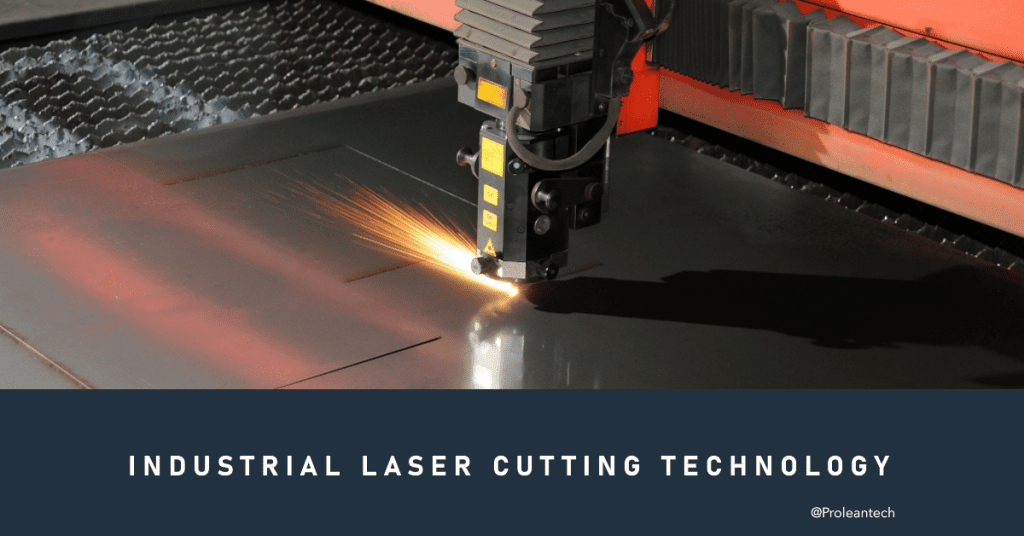
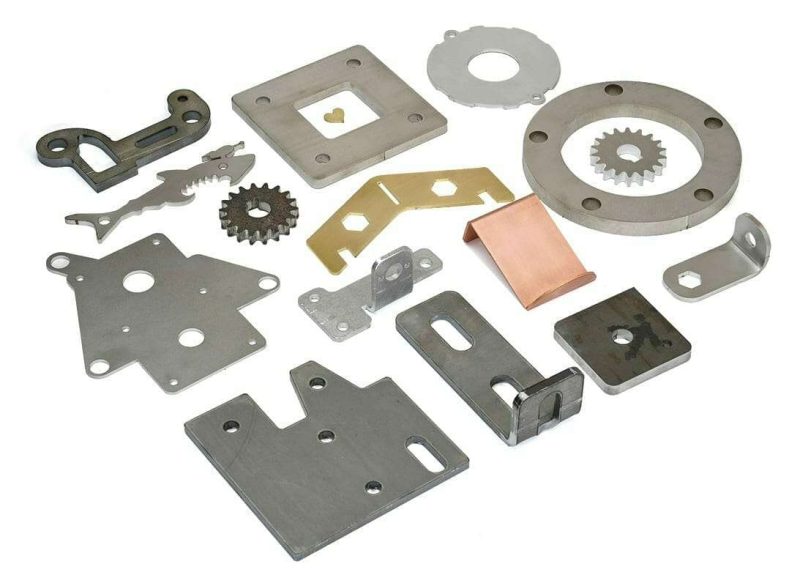
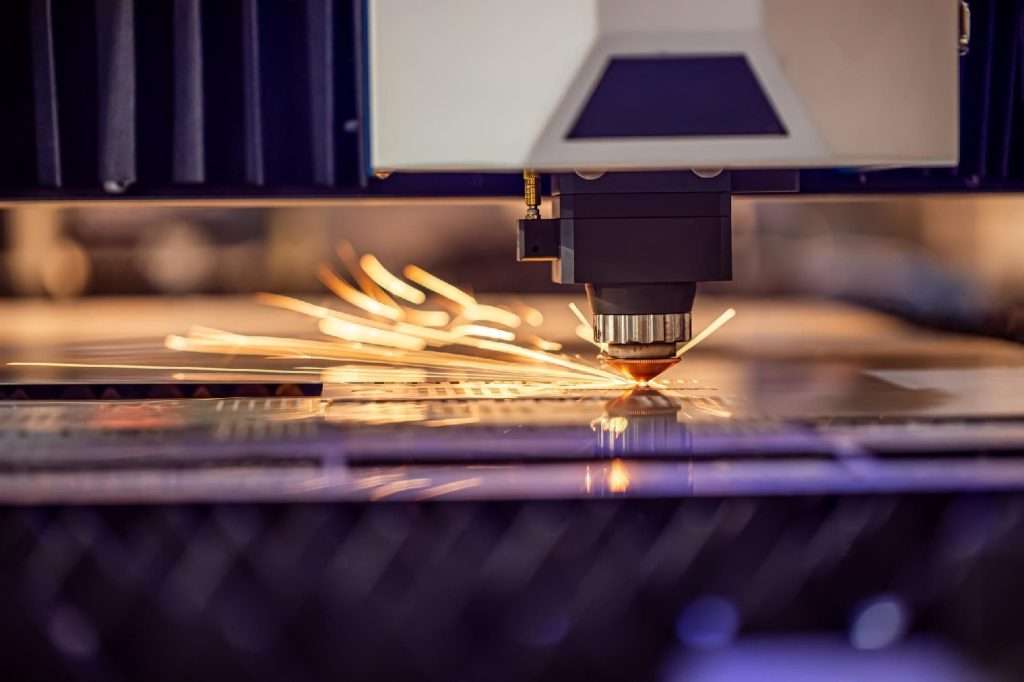
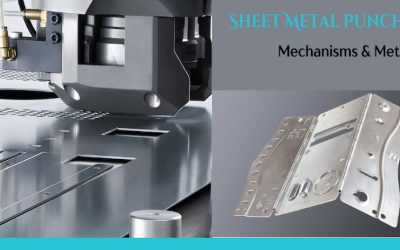
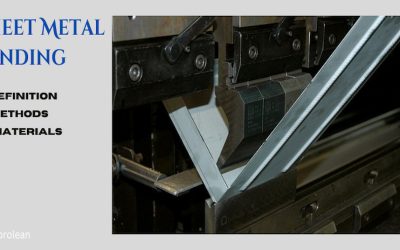
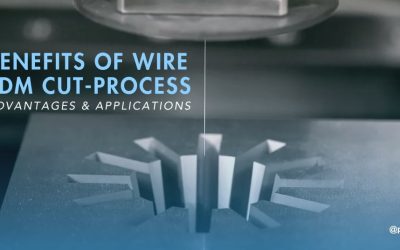

0 Comments